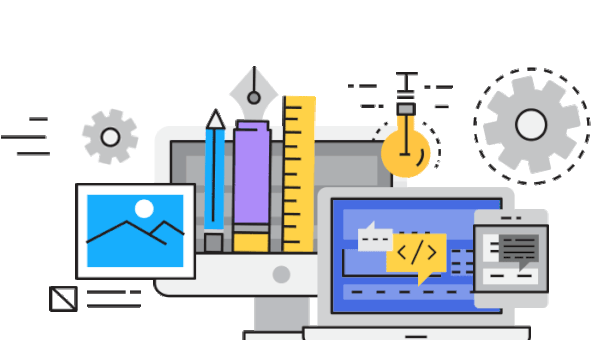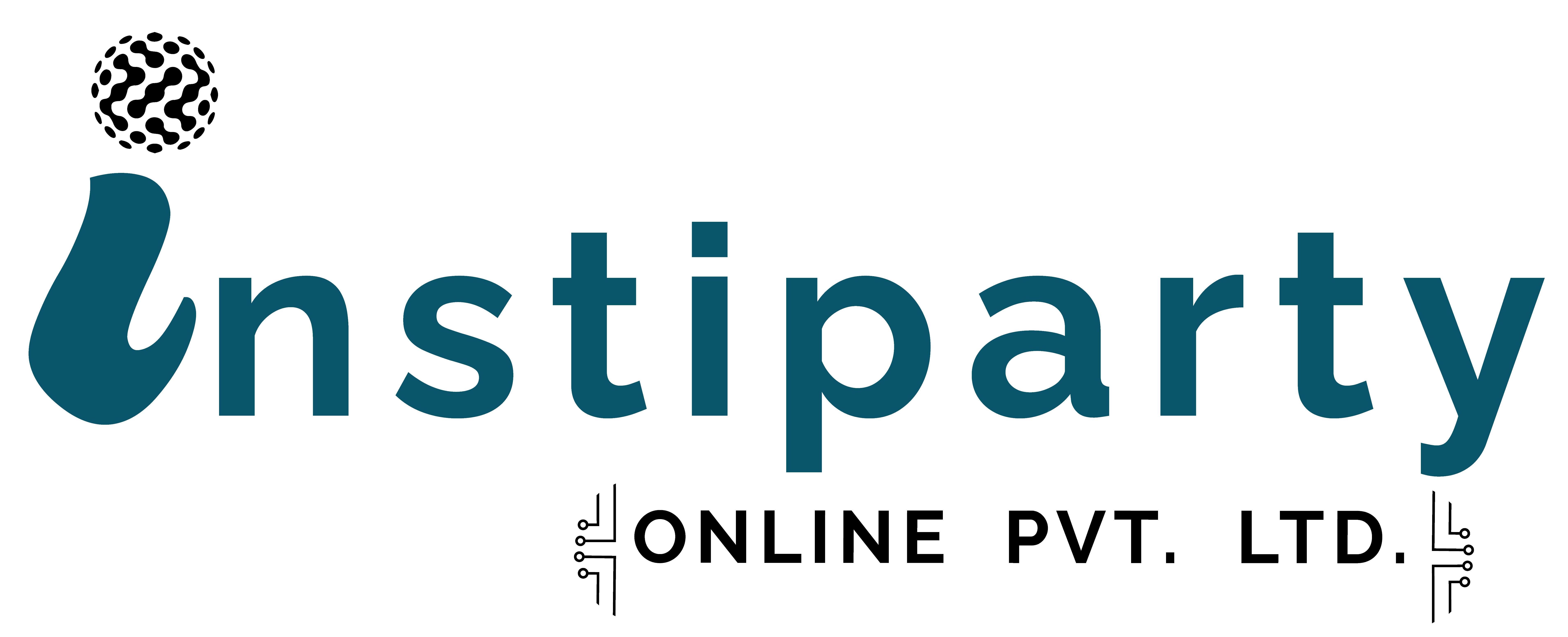An electronic book, often known as an e-book, is a digital reproduction of a printed book that can be read on computers, smart phones, tablets, and e-readers. E-books are frequently constructed with text-to-speech capabilities, customizable font sizes, and the ability to highlight and comment material in a style that is best suited for digital reading. E-books are growing in popularity as they have a number of advantages over printed books. Because several books may be saved on a single device, they are more portable, making it simple to transport a whole library. Since there are no costs associated with printing, shipping, or storage during their manufacture, they are frequently more affordable than their print equivalents.

E-books also have the benefit of being more environmentally friendly because they don't require paper or ink to be printed. E-books can also be browsed and downloaded immediately, eliminating the need to wait for delivery or visit a physical bookstore. Comparing e-books to printed books, there are various advantages. Their portability is one of the biggest benefits. You can bring your whole collection of books with you wherever you go if you have an e-reader or tablet. For those who read while on the go, such as students or regular travellers, this is very practical.
Our E-Publication services include:
There are various features involved in creating an ebook, including:
-
Convenience and Ease of Access: E-Books are frequently more affordable for readers than paper books because of this. E-Books are practical for users who are constantly on the go because they can be downloaded and read on a variety of devices.
-
Cost-Effectiveness: E-publication services are highly affordable compared to traditional print publishing. By eliminating printing, shipping, and storage costs, IT companies can significantly reduce their expenses.
-
Customization and Interactivity: Digital publications can be easily customized to meet the specific needs of the audience. E-publication services enable IT companies to incorporate interactive elements making the content more engaging and informative.
-
Environmentally Friendly E-publications are an environmentally sustainable alternative to traditional printing. By reducing the need for paper and ink, IT companies can minimize their environmental footprint and contribute to conservation efforts.
There are various steps involved in creating an ebook, including:
-
Planning: The goal, target market, and content of the ebook must be determined during the planning phase. The format, layout, and design of the ebook must also be chosen by the author.
-
Writing: The writing phase entails developing the ebook's content. Writers of e-books must produce interesting and useful content that appeals to their intended audience.
-
Design: The layout and design of the ebook are created during the design phase. The design of an ebook should be both aesthetically pleasing and simple to read.
-
Formatting: The ebook's material is formatted for digital devices during the formatting stage. Ebook authors must make sure their works are compatible with a range of hardware and applications.
-
Publishing: Making the ebook accessible for download is part of the publishing process. Publishers of ebooks have access to a variety of platforms, such as Google Play Books, Apple iBooks, and Amazon Kindle.




